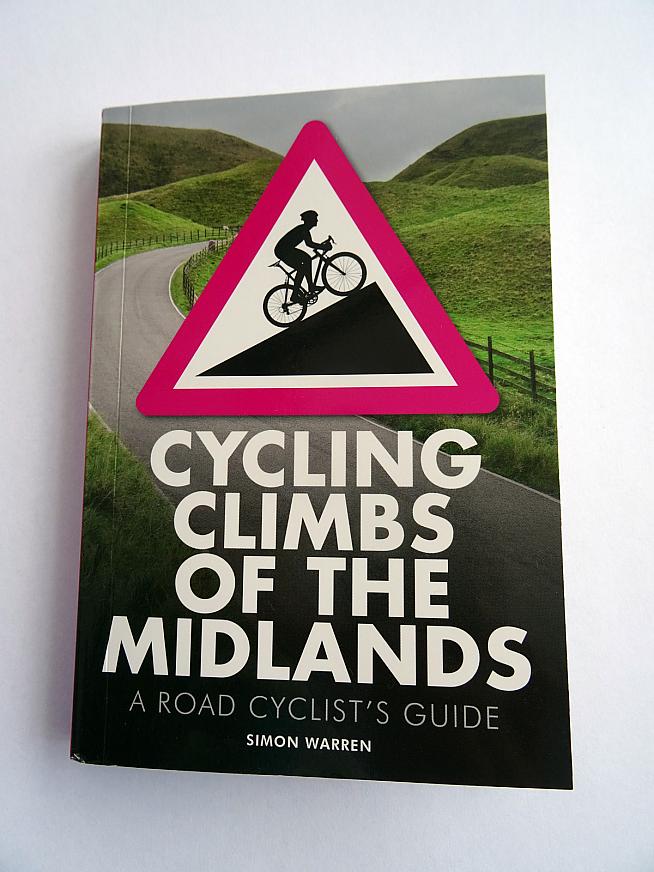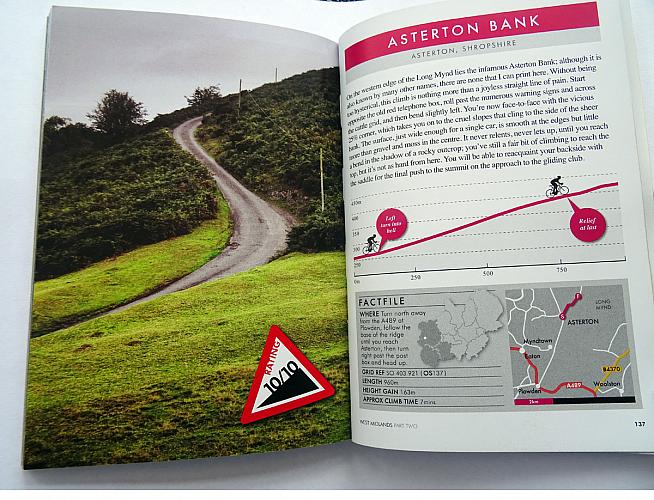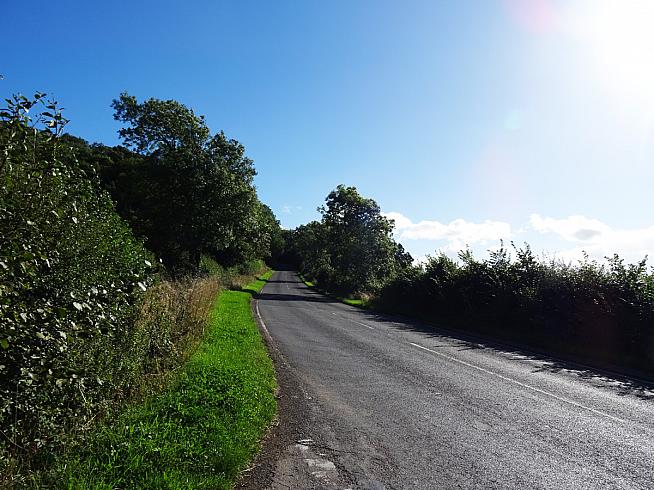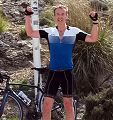Cycling Climbs of the Midlands is the latest in Simon Warren's series of cycling guides to climbs across Britain. It follows on from his best selling 100 Greatest Cycling Climbs and Another 100 Greatest Cycling Climbs.
This edition follows Simon's tried and tested format, and the book is just the right size to fit into your jersey pocket. The guide to each climb covers a double page, with a colour photograph on the left including a rating out of ten, and a detailed description of the ride on the facing page with a 'fact file' at the bottom of the page. The fact file includes a short description of the location, OS Landranger map grid reference, length, height gain and approximate time to conquer the climb.


The rating of each climb is an amalgamation of gradient, length, the riding conditions, and road surface. Although it gives an excellent indication of the fight against gravity to be encountered, I personally would like to see the average gradient included in the fact file.
Simon explains that all climbs are tough, with 1/10 being hard and 10/10 meaning, and I quote "it's all you can do to keep your bike moving".*
Interestingly, in the introduction pages, Simon describes how his love (or is it obsession) with climbs started in the East Midlands, his homeland. Indeed, in the first of the four chapters covering the areas within the Midlands (two chapters dedicated to the West Midlands), there are plenty of autobiographical references giving a personal feel to the guides.
At the start of each chapter is an outline of the area in question, showing the location of each ride. At the back of the book the 75 climbs are listed with space for the reader to record the date ridden and time taken.
Simon also gives a very interesting précis on the history of the infamous Monsal Head hill climb. Amazingly the record still stands at 1 minute and 14.2 seconds. This was achieved by Malcolm Elliot in 1981 and is one of the longest standing British cycling records.
I have painful but fond memories of riding up Monsal Head, with my daughter in the 2015 Eroica Britannia. We were on single speed vintage machinery, but the 17% average gradient ramp would be a challenge on any bike. So it came as a bit of a shock to discover Simon rated it as only 4/10.
Just as the East Midlands is home to Simon, the West Midlands is my homeland, and many local climbs are included in the book. As memories of burning lungs and shortness of breath came back to me as I read Simon's description of some of the climbs I have conquered, my curiosity over the ratings got to me. It is all very well reading about these climbs and arguing about the figures but there is no substitute for actually riding them and verifying Simon's judgement.

So, one Sunday morning I set off to Edge Hill, Ratley, Warwickshire (1/10) and Larkstoke Hill, Illmington, Warwickshire (5/10). The two climbs can easily be done on the same ride.
Edge Hill, renowned locally as a leg killer, was tamed after a 5 minute and 9 second slog and set the bar. On to Larkstoke. Just as the last time I triumphed over the crest on the narrow road complete with a false summit, I again gave a very good impression of someone suffering an asthma attack.


Larkstoke was definitely harder than Edge Hill, but should it sit midway between one of the easiest climbs and one of the hardest? I had no option but to try the climb with the top rating of 10/10 to make my final judgement on the rating system.
One week later I found myself in a very remote part of England on the western edge of the Long Mynd, Shropshire, to attack the brutal Asterton Bank: a gruesome climb with an average gradient of 25%. I gave it my best shot, but just short of half way my wheels stopped turning!
I can only conclude that Simon's method of rating the climbs is spot on, although I'm sure the ratings will be a source of endless discussion with fellow cyclists over coffee on weekend café runs. All part of the fun.
The book is addictive, a cross between the eye spy books of the 1970s and a cyclist's version of Pokemon Go: you want to climb 'em all.
The book retails for £8.99 and is a must for any cyclist. Not only is it a great source of information for natives to the Midlands natives, but also for anyone wishing to pay a visit to the area. Used properly it should become dog-eared and sweat stained!
Thanks Simon, I've just got another 65 climbs to collect. Do I get a badge when I've completed them all?
Cycling Climbs of the Midlands: A Road Cyclist's Guide (176pp; RRP £8.99) is published by Frances Lincoln.
*Actually there is an 11/10 hill - Abdon Burf, Ditton Priors, Shropshire. This climb to aerial masts on top of Brown Clee Hill is so fierce that it even beat Simon on his first attempt, having to put his foot down three times! After my experience on Asterton Bank I decided to leave this one for another day.
0 Comments





